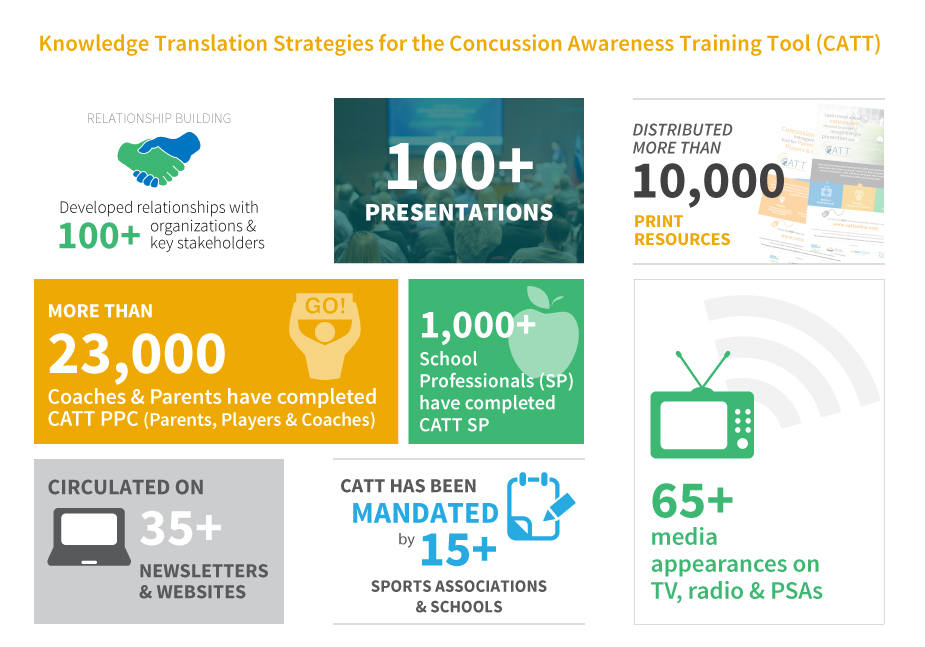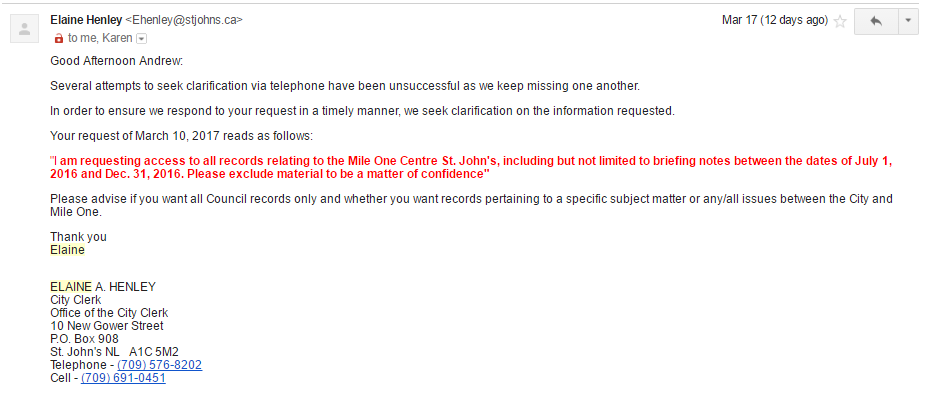
The topic: Managing and preventing concussions in British Columbia’s youth sports leagues.
Note: Please see the annotations made to the pages below on DocumentCloud
What’s new:
The Concussion Awareness Training Tool was introduced in late 2015 to help educate parents and young athletes about concussions, but doctors and officials suggest that gaps still exist in British Columbia’s approach to treating concussions.
Why it’s important:
The province’s ministry of health identified that between 2001 and 2010, 22.6 per cent of head injuries were suffered by kids ages one to 19. Moreover, 12.9 per cent of all head injury hospitalizations were concussions, according to briefing notes prepared for health minister Terry Lake.
The documents outline a recommended response by the minister in conjunction with the B.C. Injury Research and Prevention Unit (BCIRPU), who in fall 2015, introduced the final stage of the Concussion Awareness Training Tool (CATT).
The tool’s purpose is to serve as a resource that supports the “development of a free online concussion awareness training tool that provides toolkits to B.C. health professionals, educators, players, coaches and trainers,” the document said.
The Sept. 14, 2014, briefing notes were obtained under the Freedom of Information and Protection of Privacy Act.
Dr. Shelina Babul is the associate director of both the BCIRPU and the B.C. Children’s Hospital, specializing in concussion research as well as sports injury prevention and rehabilitation.
Babul helped develop the CATT and co-authored The Burden of Concussion Among Children & Youth in British Columbia—a report that according to the briefing notes, was co-funded by the province’s health ministry.

The tool has already been adopted by 15 sports associations and schools, and over 23,000 British Columbians have completed the online training, Babul said.
Babul said that reform was needed prior to the development of the website to address the lack of awareness among medical professionals, parents, coaches and young athletes about diagnosing concussions and preventing future head injuries.
“It was built on evidence based resources and developed through an environmental scan to see what existed at the time and what were gaps in those handful of resources,” Babul said in an email.
“We saw what the identified needs were and we developed a new resource.”

However, Babul said that a void still exists in the concussion education system. She isn’t alone.
Dr. Moira Stilwell is the former Minister of Social Development for B.C. The document details how Stilwell put forth a private legislation in 2012 known as the Return to Learn and Return to Play protocols that suggested guidelines for a student’s return to academics and athletics after a concussion.
The legislation was rejected, and according to Stilwell, has yet to be revisited by the provincial government.
What the government says:
Lake has said that that he wants to review how the programs like the CATT are progressing before pursuing legislature similar to Rowan’s Law—an Ontario bill that was passed in 2016 to manage and prevent concussions in youth sports.
The law prompted discussion surrounding whether other provinces should adopt a similar legislature.
Lori Cascaden, a spokesperson for the B.C. Ministry of Health, said that “legislation of this nature is not currently being contemplated” and that the ministry “continues to review best practices regarding concussions” in an email statement.
What others say:
Dr. Ian Gillespie is a former president of the B.C. Medical Association. Gillespie said that the online tool is a strong step towards developing an educational protocol for medical professionals, sports leagues and athletes about concussion diagnosis and prevention.
But it’s just the start.
“Sometimes if a scan is done and nothing shows up they may be sent away,” Gillespie said. “The assessment is still not standardized yet in emergency departments and there often isn’t attention to some of the cognitive consequences experienced by a person afterwards.”
What’s next:
The 2016 federal budget dedicated $1.4 billion towards the Pan-Canadian Concussion Strategy. B.C’s Ministry of Health and Ministry of Community, Sport and Cultural Development are participating alongside the rest of Canada’s provinces and territories.
Cascaden referred to the strategy as a “national harmonized policy approach,” designed to research a method of implementing a Canada-wide plan for managing and preventing concussions.
Proof of Completed requests:
Federal previously released:
RCMP and Soccer Gambling Ring Investigation
Federal:
Provincial (Newfoundland and Labrador):
Acknowledgment Letter EDU 015 2017 (provincial)
AtippRequest-2017-03-09 cap-and-trade
Municipal (City of St. John’s, Newfoundland:
MA 27 2017 – transfer to City of St. John’s (municipal request)





